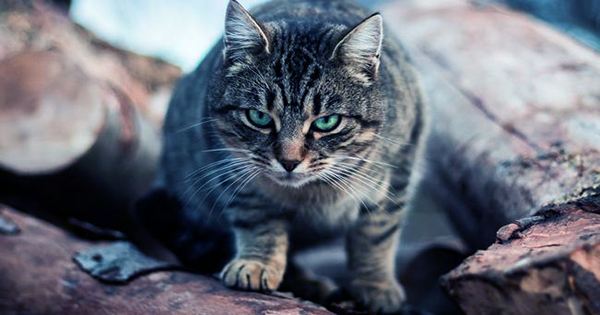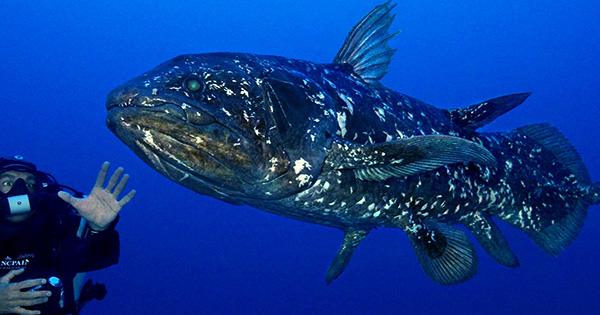A new study demonstrates how slight, gradual decreases in prey could have enormous effects on animal populations. Shifting environmental conditions may jeopardize marine mammal populations by making it more difficult to find prey.
Elephant seal females must be able to catch prey and gain weight during their months-long foraging migrations in order to successfully reproduce. Elephant seal activity in the open ocean, weight gain, and lifetime pup production success were all examined by UC Santa Cruz researchers.
Their findings, published March 8, 2023 in Ecology Letters, reveal a sharp threshold in the relationship between mass gain and pup production, suggesting a physiological tipping point at which insufficient mass gain leads to reproductive failure.
“We found that diving deeper during foraging allowed the females to gain more mass, and gaining more mass led to a marginal increase in their chances of survival and a massive increase in the number of pups they produced in a lifetime,” said corresponding author Roxanne Beltran, assistant professor of ecology and evolutionary biology at UC Santa Cruz.
Beltran’s team examined the impact of behavioral choices and foraging success on survival and reproduction in female northern elephant seals using data gathered over a 25-year period by the long-running UCSC elephant seal research program at Año Nuevo Reserve.
Open ocean fishing and climate change could both have dramatic impacts on food resources for elephant seals. Elephant seals are incredibly successful now, but that could change as their environment shifts in the coming years.
Roxanne Beltran
Año Nuevo beach data was used to determine which animals survived, how much weight they gained, and how many pups they produced over the course of their lifetimes. The biologgers carried by the seals recorded their activities during the months-long migrations, including where the seals went and the depth of their dives.
“Conceptually it makes sense that an individual would have to gain enough energy to survive and reproduce, but we were able to demonstrate how entwined these are and suggest when survival may be prioritized over reproduction,” said co-first author Keith Hernandez, who worked on the study as a postdoctoral scholar in Beltran’s lab at UCSC and is now at Oregon State University.
Female elephant seals give birth annually to a single pup in winter. They nurse their offspring for four weeks on the sand, surviving only off of stored energy until they can wean the pup and go back to the ocean to eat.
They spend two months at sea following the winter breeding season before coming back to the colony to molt. Later, over the course of seven to eight months, they go on a lengthy post-molting migration that takes them across the North Pacific Ocean and thousands of kilometres.
Individual seals pursue different strategies during these foraging trips, going different distances from the coast, diving to different depths, and targeting different prey (various species of fish and squid).
The researchers found that dive depth was the strongest predictor of mass gain. The migration range of deeper diving seals was further away from the coast, and their diets were more calorie-dense.
The resulting mass gain directly affects a seal’s ability to produce a pup. When a female returns to the beach, she won’t give birth to a pup if she doesn’t gain enough weight. The threshold is around 205 kilograms (450 pounds): animals that gained less than that rarely pupped, while those gaining more than 260 kilograms (573 pounds) almost always pupped.
Gaining weight is essential for survival, and a mother can have more pups the longer she survives. According to earlier studies, the majority of the colony’s pups are ultimately produced by a relatively limited number of long-lived female elephant seals.
While most females don’t live quite as long and give birth to a great deal fewer pups, these “supermoms” may live up to 23 years and give birth to more than 15 puppies during their lifetimes. But, the methods used by these mothers to achieve such success have long been a secret.
“We discovered that an additional 5 percent of foraging success led to a 300 percent increase in lifetime pup production due to the effects of mass gain on both survival and giving birth and raising a pup each year,” Beltran said. “These findings tell us which strategies allow these long-lived mammals to succeed at their most important job, which is to stay alive and contribute to the next generation.”
“The study also provides a framework for studying demographic trends in other species,” Hernandez said.
“Determining the relationship between foraging success, survival, and reproductive success can inform effective management practices once we understand the critical periods in an animal’s annual cycle,” he said.
After being hunted to nearly extinction in the 19th century, the northern elephant seal population is currently doing pretty well, growing by about 4% annually. At the same time, however, their ocean environment is changing due to climate change, and the fishing industry is exploring the potential of the deep “mesopelagic” zone where elephant seals find their most energy-rich prey, Beltran said.
“Open ocean fishing and climate change could both have dramatic impacts on food resources for elephant seals,” she said. “Elephant seals are incredibly successful now, but that could change as their environment shifts in the coming years.”
















